1. Feathered Hair That Could Rival a Peacock’s
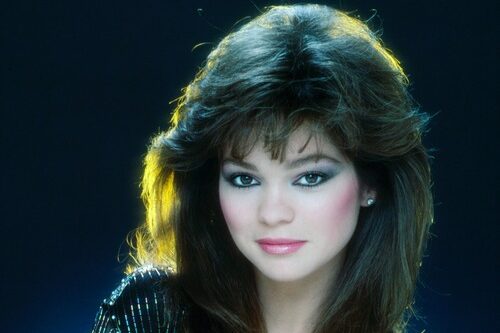
Farrah Fawcett’s iconic feathered hair epitomized the ’70s glam aesthetic, but achieving this voluminous look was no small feat. The style required strategic layering, precise blow-drying techniques, and an arsenal of hairspray to ensure each feather stayed in its rightful place. Stylists often spent hours crafting the perfect balance of volume and texture, with regular trims needed to maintain the signature shape. Windy days posed a unique challenge, as even a slight gust could unravel hours of meticulous styling. Despite the high maintenance, feathered hair exuded a sense of confidence and glamour that defined the decade.
Today, modern iterations of the feathered look offer a more relaxed, wearable version of this classic style. Advances in styling tools and products make it easier to achieve the same textured layers with less effort. Celebrities and influencers have embraced these updated versions, proving that this ’70s trend still holds timeless appeal. From sleek blowouts to tousled waves, the essence of Farrah’s feathered locks lives on, bridging the gap between retro charm and contemporary fashion. Vogue and Allure have chronicled the enduring influence of this hairstyle, showcasing its evolution over decades.
2. Glitter Everywhere (and We Mean Everywhere)
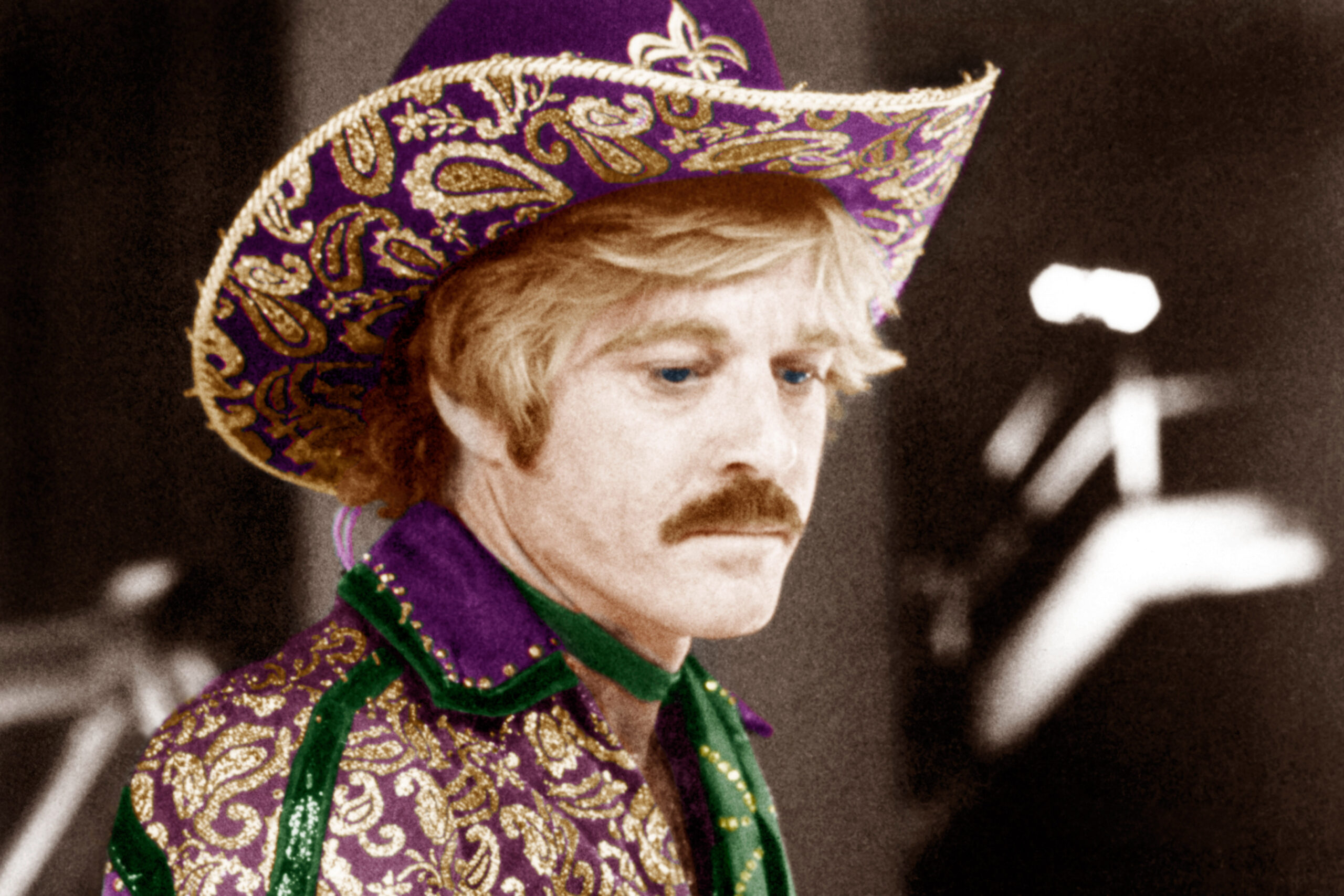
The ’70s disco era was synonymous with glitter, which found its way onto hair, makeup, nails, and even clothing. Loose glitter was sprinkled generously over shoulders, cheekbones, and hair, transforming individuals into walking disco balls under club lights. The sparkle not only enhanced the glitz of the dance floor but also symbolized the carefree, exuberant spirit of the era. Applying glitter was an art form, requiring precision to balance shine without overwhelming the overall look. However, the mess it created was legendary, as glitter lingered in hair, carpets, and clothes for weeks.
Despite its impracticality, glitter remains a nostalgic staple for party-goers and festival enthusiasts today. Modern cosmetic brands offer eco-friendly and biodegradable options, addressing the environmental concerns of traditional glitter. Whether used sparingly or with abandon, its shimmering effect continues to captivate, proving that the allure of sparkle transcends decades. Publications like Cosmopolitan have noted its resurgence, particularly in festival culture and special events.
3. The Perm: Big Hair, Bigger Commitment
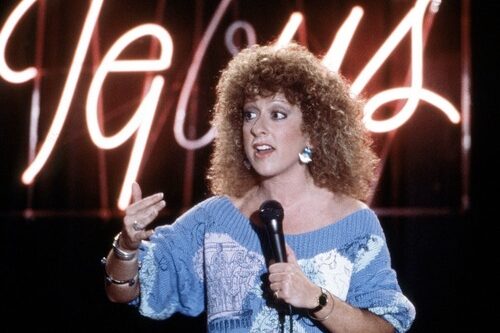
The perm was the ultimate ’70s solution for anyone craving big, bouncy hair. This chemical treatment transformed straight or limp locks into a cascade of curls and waves, delivering a dramatic aesthetic that fit the decade’s love for volume. The process itself was time-intensive and often came with a distinct chemical smell, but the results were worth it for many. Maintaining a perm required specialized shampoos, regular trims, and careful styling to keep the curls looking fresh. Women and men alike embraced the trend, making it a unisex phenomenon of the era.
Though modern perms are gentler and more customizable, the ’70s iteration left an indelible mark on hairstyling. Today’s versions cater to a variety of curl patterns and textures, allowing individuals to achieve natural-looking results without the harsh chemicals of the past. The legacy of the ’70s perm is still visible in contemporary fashion, with celebrities often revisiting this bold look. History of Fashion explores how the perm’s influence extends beyond beauty, reflecting societal shifts in self-expression and individuality.
4. Blue Eyeshadow (and Lots of It)
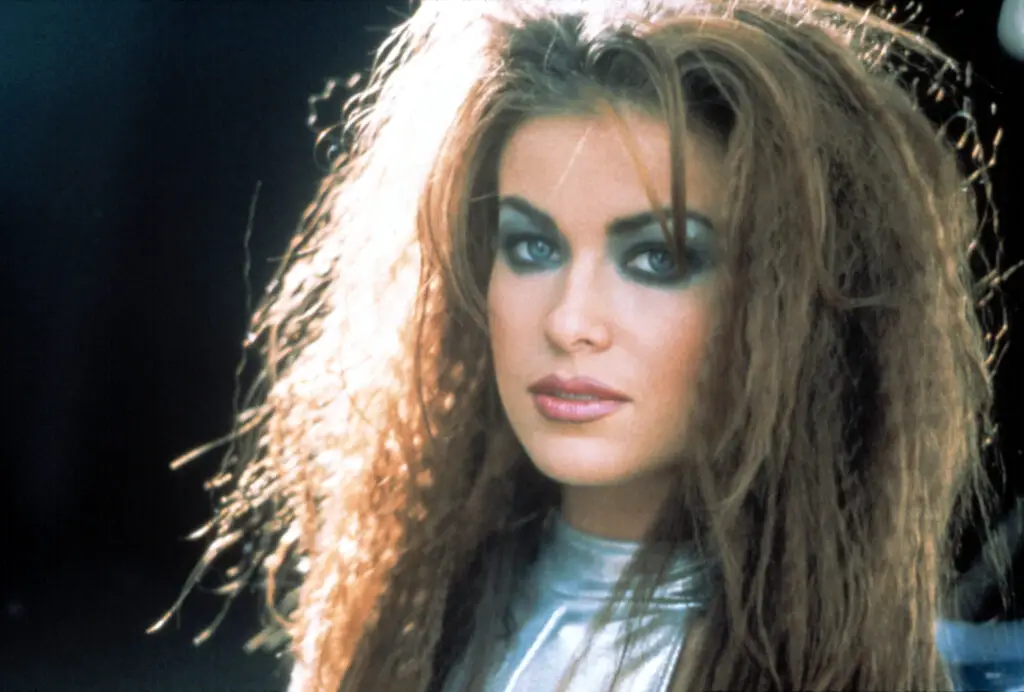
Blue eyeshadow was more than just a makeup trend in the ’70s—it was a statement of boldness and creativity. Celebrities like Donna Summer and Cher turned this icy hue into a cultural phenomenon, encouraging fans to embrace vibrant colors. Applied liberally across the eyelids and often paired with thick eyeliner and false lashes, blue eyeshadow was designed to catch attention. Under the right lighting, it added a mesmerizing touch, but in natural light, the intensity could sometimes appear excessive or even garish.
Despite its polarizing nature, blue eyeshadow remains a nostalgic favorite that resurfaces during retro-themed events and fashion campaigns. Modern interpretations feature softer applications and blending techniques, offering a subtler take on the classic look. Makeup tutorials on platforms like YouTube showcase how to incorporate this trend into contemporary routines, ensuring it stays relevant for a new generation.
5. The Twiggy Lash Look
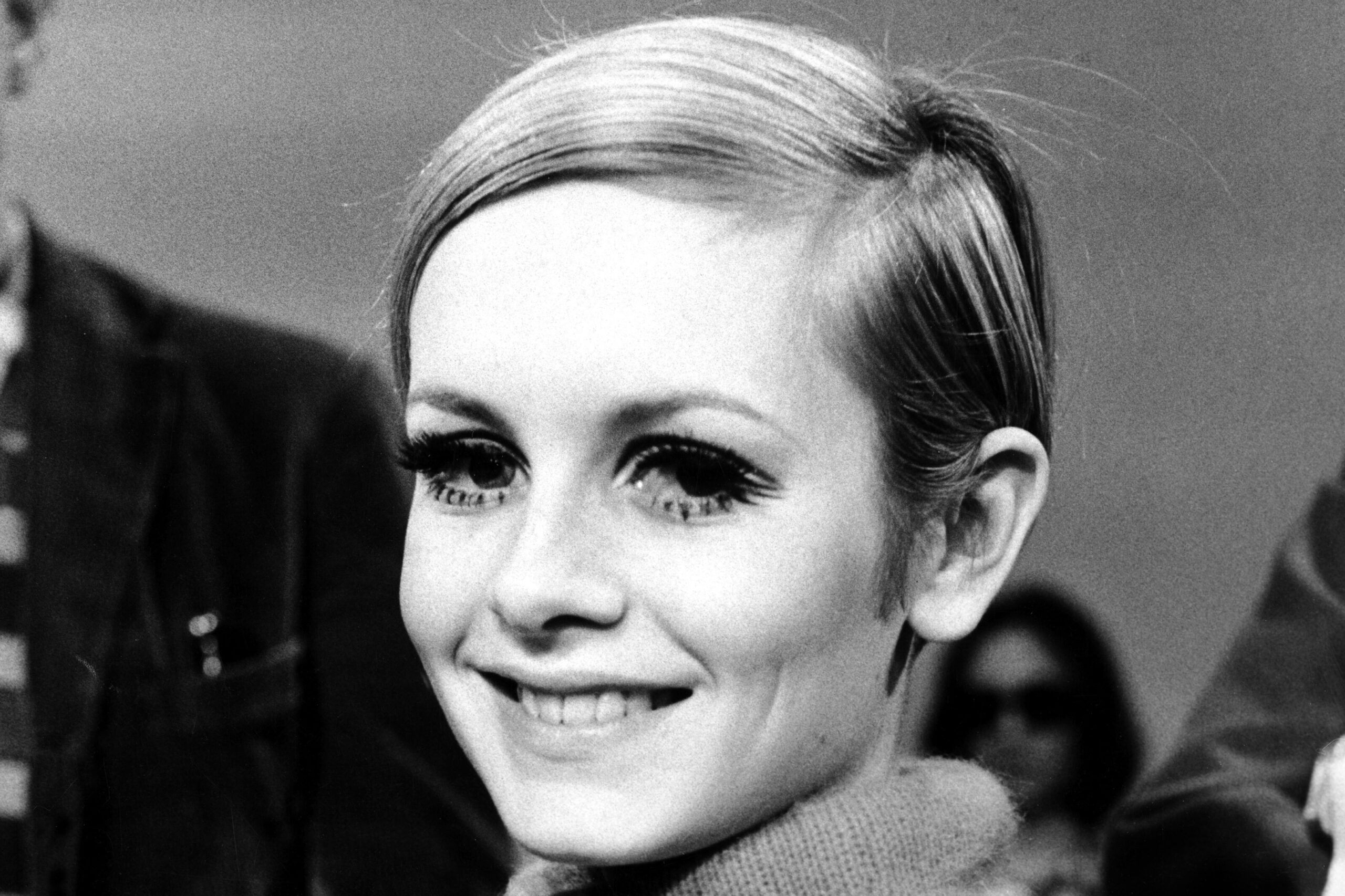
The ’60s introduced dramatic lashes, but the ’70s amplified them to new heights. False lashes became a makeup staple, often layered for a spidery, over-the-top effect. Achieving the look required heavy mascara, lash curlers, and sometimes even extensions, making it a time-consuming process. While undeniably striking, the weight of multiple lash layers could be uncomfortable, and removing the adhesive at the end of the day was no small task.
Today, bold lashes are more refined, with advancements in lash technology offering lighter, more comfortable options. Magnetic lashes and lash lifts provide alternatives that deliver drama without the hassle. Beauty influencers and makeup artists continue to celebrate the ’70s lash aesthetic, highlighting its enduring impact on beauty standards. Articles from Allure often feature tips on recreating this timeless look.
6. The Frosted Everything Phenomenon

Frosted makeup was a defining characteristic of ’70s beauty, dominating cosmetic counters with its shimmering, icy finishes. Frosted lipsticks in shades like pink, peach, and even white were paired with matching eyeshadows to create a cohesive, futuristic look. The trend aimed to capture a high-fashion aesthetic but often proved divisive, as its cool tones didn’t complement all skin types. For many, the frosted craze symbolized the era’s experimental approach to beauty.
While frosted makeup fell out of favor in later decades, its influence remains visible in contemporary beauty trends. Highlighters and metallic eyeshadows draw inspiration from this retro look, offering a modern twist on the shimmer. Brands like MAC Cosmetics have released limited-edition collections celebrating frosted finishes, demonstrating the trend’s lasting appeal.
7. Stick-On Beauty Marks
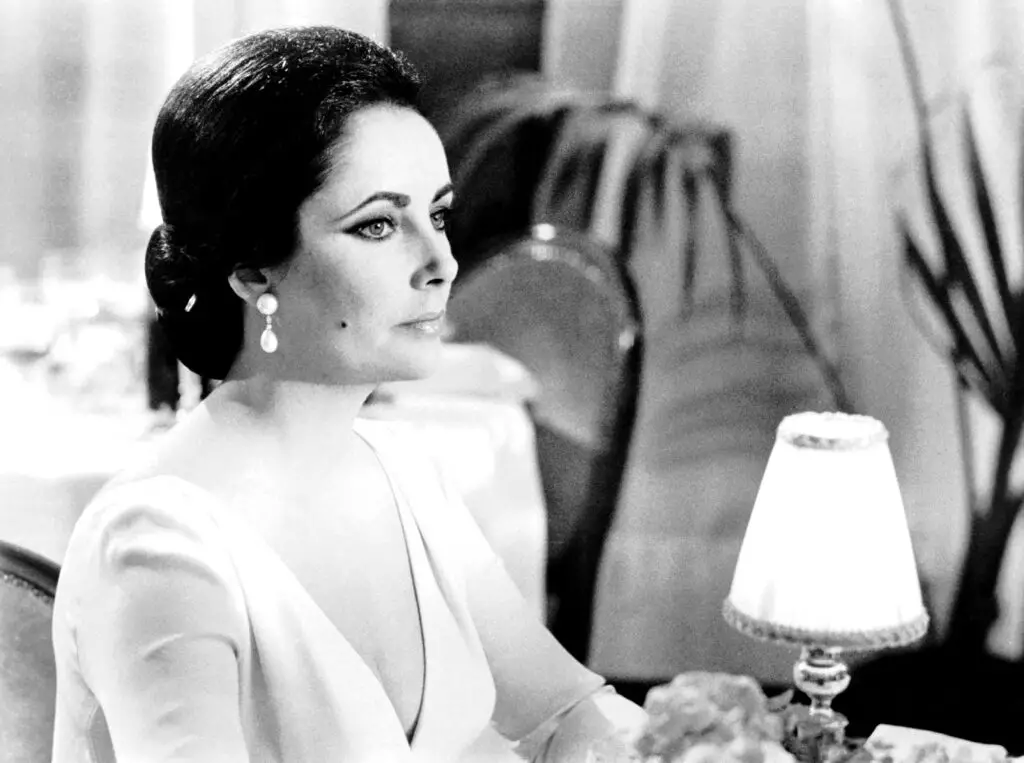
Stick-on beauty marks brought a playful yet elegant touch to ’70s fashion. Drawing inspiration from iconic figures like Marilyn Monroe, women strategically placed these adhesive dots to highlight their features. Available in various shapes, including hearts and stars, beauty marks became a whimsical accessory for nights out. Applying them was quick and easy, but their temporary nature meant they often didn’t survive long events.
Despite their fleeting presence, stick-on beauty marks embodied the ’70s spirit of personalization and experimentation. Today, they occasionally reappear in vintage-inspired looks, with modern adhesives providing better staying power. Fashion and beauty experts from Glamour frequently highlight these accessories as a fun way to elevate contemporary styles while nodding to the past.
8. Ultra-Thin Eyebrows
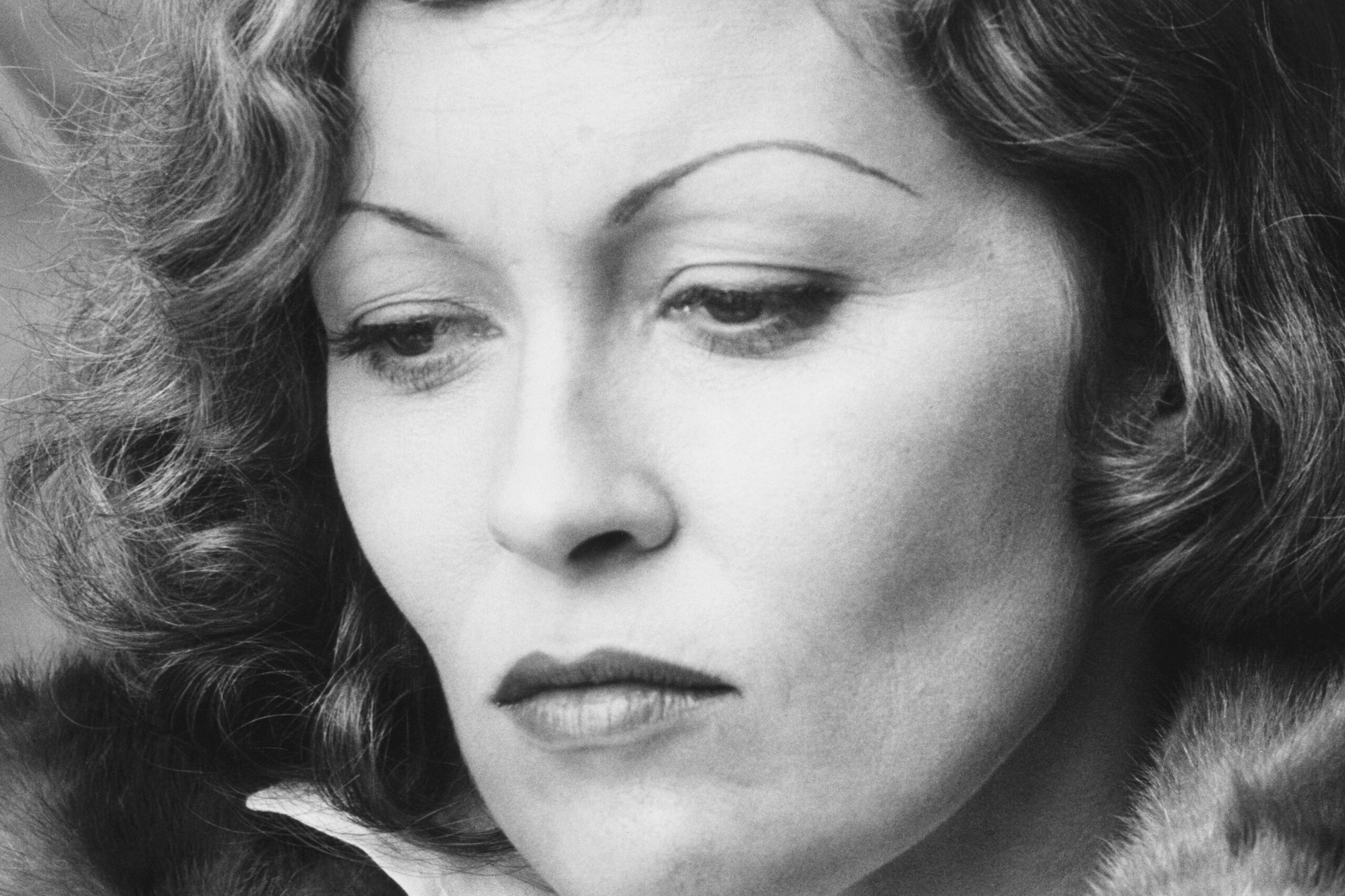
The ’70s took the minimalist approach to eyebrows to an extreme, celebrating pencil-thin arches that framed dramatic eye makeup. Achieving this look often required tweezing, waxing, or threading to achieve perfectly sparse, barely-there lines. While it gave the eyes an elongated and defined appearance, over-plucking led to regrets for many as sparse regrowth became a long-term challenge. Women spent hours ensuring their brows were symmetrical and sharp, making this look a true labor of love.
Modern beauty trends have largely embraced fuller, more natural brows, but the allure of ultra-thin arches resurfaces during retro-inspired fashion cycles. Today’s makeup artists create the illusion of thin brows without permanent changes, using concealers and brow pens to experiment with the ’70s look. Beauty outlets like Harper’s Bazaar frequently reference the decade’s brow trends as an enduring part of its beauty narrative.
9. Bronze Like There’s No Tomorrow

Bronzed skin became a hallmark of the ’70s, symbolizing health, vitality, and an outdoorsy lifestyle. Achieving this sun-kissed glow often involved extended hours under the sun with little to no sunscreen or the use of tanning oils that amplified UV exposure. Bronzer and self-tanners were equally popular, allowing people to maintain their glow year-round. The trend, however, had a darker side, as prolonged sun exposure increased the risks of premature aging and skin cancer.
Thankfully, the obsession with bronzed beauty has evolved into safer practices, with modern self-tanners offering streak-free, natural-looking results. Dermatologists advocate for sunless tanning solutions paired with high-SPF sunscreens to protect skin while achieving a radiant glow. Publications like Healthline emphasize the importance of prioritizing skin health without sacrificing the iconic bronzed look.
10. The Bowl Cut—Yes, Really
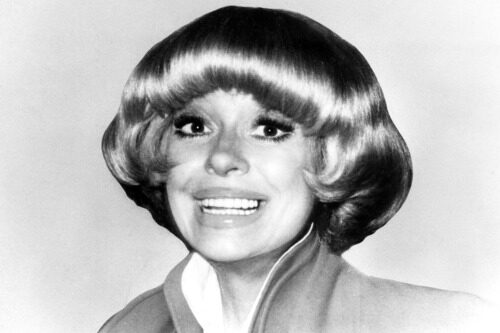
Often associated with childhood haircuts, the bowl cut surprisingly gained popularity among adults in the ’70s, thanks to its low-maintenance appeal. Celebrities like David Bowie experimented with edgy variations, giving the style a punk-rock edge that resonated with fashion-forward individuals. While practical and easy to maintain, the haircut’s blunt, symmetrical lines didn’t suit everyone, often leading to mixed reviews. The growing-out phase was particularly challenging, as the shape left little room for seamless transitions.
Despite its polarizing nature, the bowl cut has seen periodic revivals, with modern hairstylists adding texture and asymmetry to create contemporary versions. Fashion icons continue to push the boundaries of this once-maligned style, proving its versatility. Articles from Elle explore the evolution of the bowl cut, highlighting its surprising longevity in the ever-changing world of hairstyling.
11. Graphic Nail Art
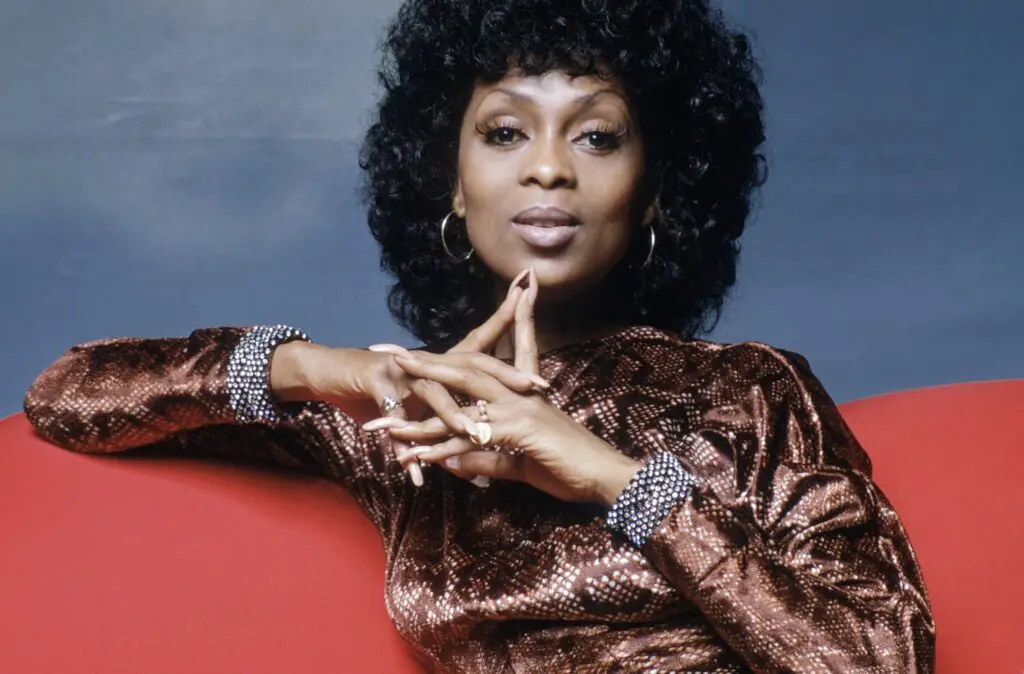
Before professional nail salons became mainstream, the ’70s sparked a DIY nail art movement that showcased bold creativity. Women used tape, stencils, and brushes to craft geometric patterns, stripes, and polka dots that perfectly matched their disco-ready outfits. Bright colors and glitter polishes were all the rage, turning nails into tiny canvases of self-expression. However, the process demanded patience, a steady hand, and a willingness to embrace imperfections.
Today, nail art has evolved into a sophisticated industry with endless possibilities, from intricate designs to 3D embellishments. The spirit of ’70s experimentation lives on, with retro-inspired patterns making a comeback in modern nail trends. Publications like NailPro celebrate the enduring influence of graphic nail art, linking its roots to the vibrant creativity of the disco era.
12. Hair Tinsel for Extra Sparkle
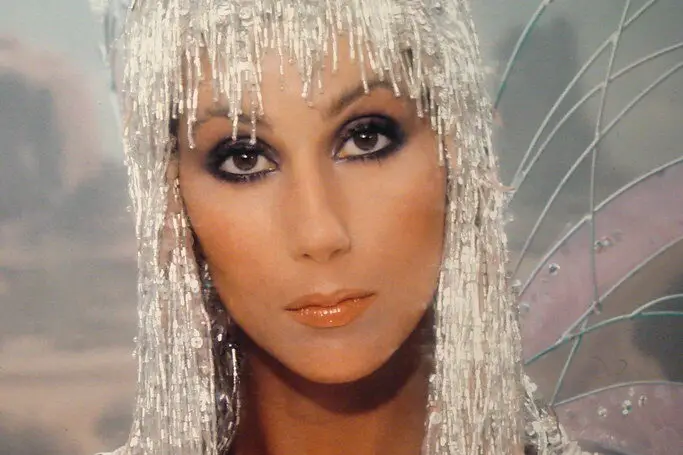
For those who felt glitter wasn’t enough, hair tinsel offered an extra dose of shimmer and glamour. Metallic threads were woven into strands of hair, catching the light with every movement and creating a dazzling effect. Popular at parties, discos, and festivals, hair tinsel was a playful way to complement the era’s flashy fashion. However, the application process could be tedious, and removing the tinsel often risked damaging hair.
While hair tinsel faded in popularity after the ’70s, it has made occasional comebacks during festival seasons and holiday events. Modern iterations use gentler techniques and more durable materials, making it easier to achieve and maintain this sparkling look. Fashion websites like Refinery29 highlight the resurgence of hair tinsel, proving that some trends never truly go out of style.
13. Shag Haircuts: Business in the Front, Party Everywhere

The shag haircut—layered, tousled, and effortlessly cool—defined ’70s rock-and-roll glam. Celebrities like Joan Jett and Mick Jagger popularized the style, making it a unisex hit. It worked on various hair lengths and textures, offering versatility and low maintenance.
However, not every stylist nailed the look, leading to some unfortunate results. Despite its uneven reputation, the shag remains a timeless haircut that’s seen modern revivals in recent years.
Sources: Vogue, Allure, History of Fashion.
